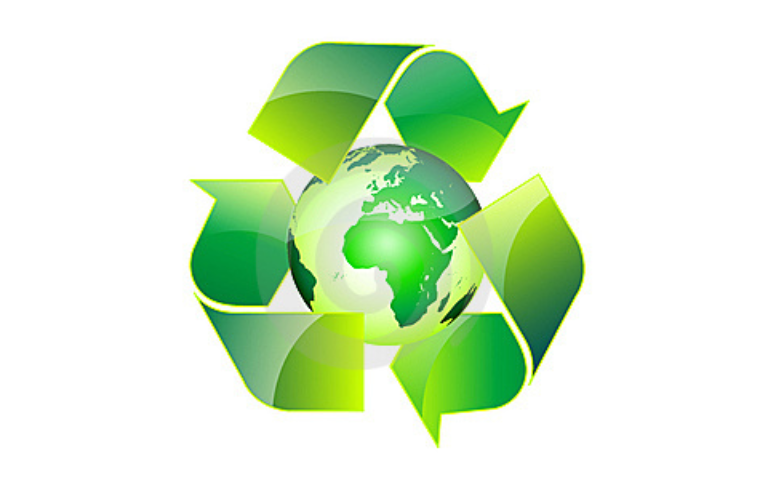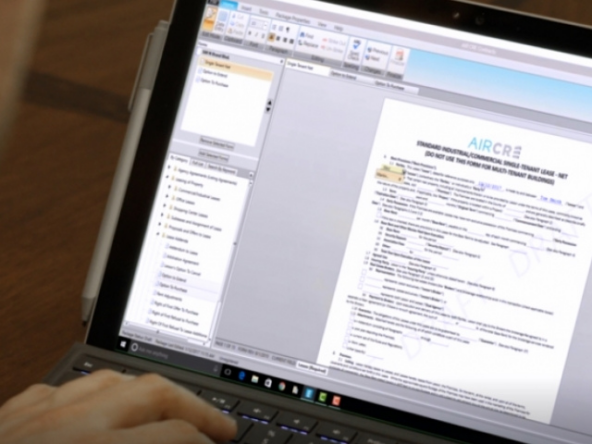Phase II reports are recommended (usually in the Phase I) when signs of contamination are suspected (known or unknown) on or around the property, on neighboring properties, or prior use on or about the site. The classic example are gas stations and dry cleaners. In several projects we have sold properties which were adjacent to or were former gas stations and the old tanks were removed without documentation. Even if the next door gas station has a clean certification and/or tanks were just replaced, contamination risk is sill possible and all of the experts recommend getting at least a Phase I report. Why does this matter? First, when you take title to property you are liable in part for the continued contamination of your site, surrounding areas and the local water table. Second, known and unknown hazards like contamination affect value. Third, the price to re-mediate environmental contamination could cost more than the asset itself and make owning the property a liability. All of the above risks will be flagged by lenders with can make it really hard to get a loan or sell the property later. What is a Phase II Environmental Survey? The Phase II surveys is a soil sampling 15-90 ft beneath the surface, either by hand auger, backhoes, or a mobile drill rig in the case of this automotive repair shop we sold. Even small commercial buildings such as this, are subject to soil contamination depending on what equipment or chemicals were used on the site. As shown above, the auto shop had hydraulic single post car lifts, which houses the piston arm and the hydraulic oil lines underneath the surface. Older office buildings with single post lifts have the similar contamination issues since these are prone to leak hydraulic oil and contaminate the soil beneath. How are the results measured? The Soil samples are measured through Environmental Screening Levels (ESLs) from the San Francisco Bay Regional Water Quality Control Board. The ESLs are considered to be conservative. Under most circumstances, and within the limitations described in the ESL Guidance Document, the presence of a chemical in at concentrations below the corresponding ESL can generally be assumed to not pose a significant threat to human health and the environment. AEI Consultants conducted both the Phase I and II above. [thumbnail border=”1″ target=”_self” alt=”Soil Sample from 15 feet deep. ” src=”https://eastbayoffice.com/wp-content/uploads/2015/03/Sample-pictures1-300×226.jpg”] As you can see from the samples above, tubes are sent to a lab after being extracted from the boring process. Below are the published results: [su_table]
| TPH-d and TPH-ho were measured above their respective ESLs in both soil samples collected from boring SB-1 | TPH as gasoline was also detected in both samples; however, the concentrations detected were below the ESL |
| All PCBs were either below their respective ESLs or below the analytical reporting limits in the soil samples collected from SB-1 |
[/su_table] We were fortunate in the above property. While there was measured contamination in the soil, the Lender and Buyer accepted the risk and no immediate remediation was required. the Buyer will have a complete report to present to any later buyers of lenders. Here is the summary and conclusions of the Phase II: [su_box title=”Summary” radius=”0″]”The presence of these compounds in soil is consistent with concentrations of petroleum constituents remaining in soil following removal of the hydraulic lift from the Site. Diesel and hydraulic oil have relatively low mobility in the environment. In addition, due to their low volatility, the presence of these constituents in Site soils generally does not pose a potential vapor intrusion risk. As a result, AEI does not recommend any additional investigation or remediation activities at the Site at this time. However, additional characterization may be required in the event that future Site redevelopment activities necessitate off-site transportation and disposal of soil located in the vicinity of the former hydraulic lift” (AEI Consultants).[/su_box] AEI Consultants conducted both the Phase I and II above. They are an industry leader in environmental and engineering services. If you are interested in learning more about AEI’s Services please visit www.aeiconsultants.com




